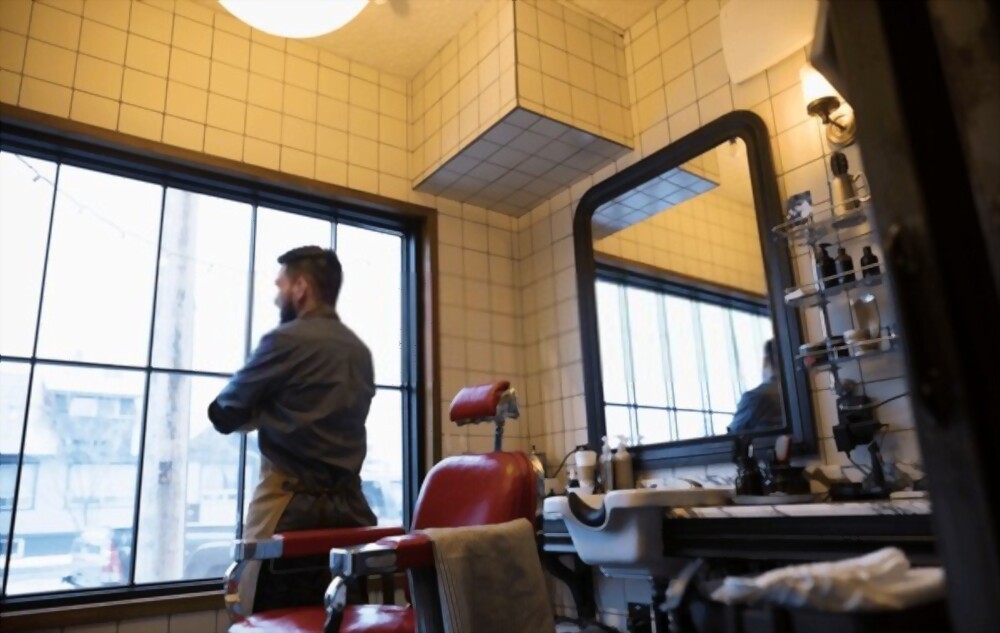If you’re a fan of four-part harmonies, lively performances, and charmingly retro outfits, then you’re in luck – April 11th is National Barbershop Quartet Day! This annual observance celebrates the enduring popularity and rich history of barbershop quartet music, a distinct style of vocal harmony that originated in the United States in the late 19th century. In this article, we’ll explore the origins and evolution of barbershop quartet music, highlight some of its most famous practitioners, and explain why it continues to capture the hearts and ears of music lovers around the world.
| When is it? | Every |
|---|---|
| Tagged as |
|
| What are the hashtags? |
What is Barbershop Quartet Music?
The barbershop quartet music is a style of four-part cappella vocal harmony that features tightly interwoven melodies and precise vocal techniques. The four vocal parts are typically referred to as lead, tenor, baritone, and bass, with each part contributing a unique sound and role to the overall harmony. The lead part usually sings the melody, while the tenor part harmonizes above it. The baritone part adds in chords and fills, and the bass part provides a solid foundation and anchor for harmony.
The barbershop quartet music is known for its distinctive sound, which often features “ringing” chords and harmonies that create a unique and uplifting musical experience. The style has its roots in the African American community, where barbershops served as social gathering places and venues for impromptu musical performances. Over time, the style was adopted and adapted by singers of all backgrounds, and it became a beloved American musical tradition.
History of Barbershop Quartet Music
The exact origins of barbershop quartet music are somewhat unclear, but it is generally believed to have developed in the late 1800s as a form of popular entertainment. Barbershops were popular gathering places for men in this era, and they often featured impromptu musical performances. The cappella vocal harmony style of barbershop quartet music likely evolved from these informal singing sessions.
In the early 20th century, barbershop quartet music began to gain popularity beyond its origins in the barbershop. It was featured in vaudeville shows, radio broadcasts, and recordings, and it became a staple of American popular music. The Barbershop Harmony Society, a non-profit organization dedicated to promoting and preserving barbershop quartet music, was founded in 1938 and has played a significant role in the style’s ongoing popularity and development.
Famous Barbershop Quartets and Performers
Over the years, many barbershop quartets and performers have achieved widespread acclaim and popularity. Here are a few notable examples:
- The Buffalo Bills: This quartet, which formed in the 1940s, gained widespread recognition for its appearances on the popular television show “The Jack Benny Program.”
- The Dapper Dans: This barbershop quartet has been a fixture at Disneyland in California since 1959, delighting park visitors with their harmonious performances and signature striped vests.
- The Persuasions: This vocal group, which formed in the 1960s, blended elements of barbershop quartet music with gospel, R&B, and soul influences, creating a distinctive and soulful sound.
Why Barbershop Quartet Music Endures
So what is it about barbershop quartet music that has made it such a beloved and enduring tradition? There are many factors at play, including:
- Unique sound: The distinctive, harmonious sound of barbershop quartet music is unlike anything else, and it continues to captivate listeners of all ages.
- Nostalgia: Barbershop quartet music is often associated with a bygone era of American culture, and it can evoke feelings of nostalgia and warmth in listeners.
- Camaraderie: The collaborative nature of barbershop quartet singing, with its reliance on close listening and tight harmonies, fosters a sense of camaraderie and community among singers and listeners alike.
- Accessibility: Barbershop quartet music can be enjoyed by anyone, regardless of musical training or background. It’s a style that emphasizes simple, beautiful melodies and vocal techniques that can be learned and appreciated by anyone who loves music.
Today, barbershop quartet music continues to thrive, with groups and performers around the world sharing their love for this unique and uplifting musical tradition. Whether you’re a seasoned fan or a newcomer to the style, National Barbershop Quartet Day is the perfect time to celebrate the joy and beauty of four-part harmony.
FAQs
What is a barbershop quartet?
A barbershop quartet is a group of four singers who perform vocal harmony in the barbershop style, which emphasizes close listening, tight harmonies, and ringing chords.
What is National Barbershop Quartet Day?
National Barbershop Quartet Day is an annual observance held on April 11th that celebrates the history and enduring appeal of barbershop quartet music.
How did barbershop quartet music get its name?
The name “barbershop” refers to the style’s origins in the social gatherings and impromptu singing sessions that often took place in barbershops in the late 1800s.
Can anyone learn to sing barbershop quartet music?
Yes! Barbershop quartet music emphasizes simple, beautiful melodies and vocal techniques that can be learned and appreciated by anyone who loves music.
Who are some famous barbershop quartet performers?
Some notable barbershop quartet performers include The Buffalo Bills, The Dapper Dans, and The Persuasions.
Conclusion
National Barbershop Quartet Day is a time to celebrate the enduring appeal and rich history of this beloved American musical tradition. From its origins in the barbershops of the late 1800s to its continued popularity around the world today, barbershop quartet music has captured the hearts and ears of generations of music lovers. So whether you’re humming along to your favorite barbershop quartet tune or singing your heart out with your own quartet, take a moment on April 11th to revel in the joy and beauty of this timeless style.
